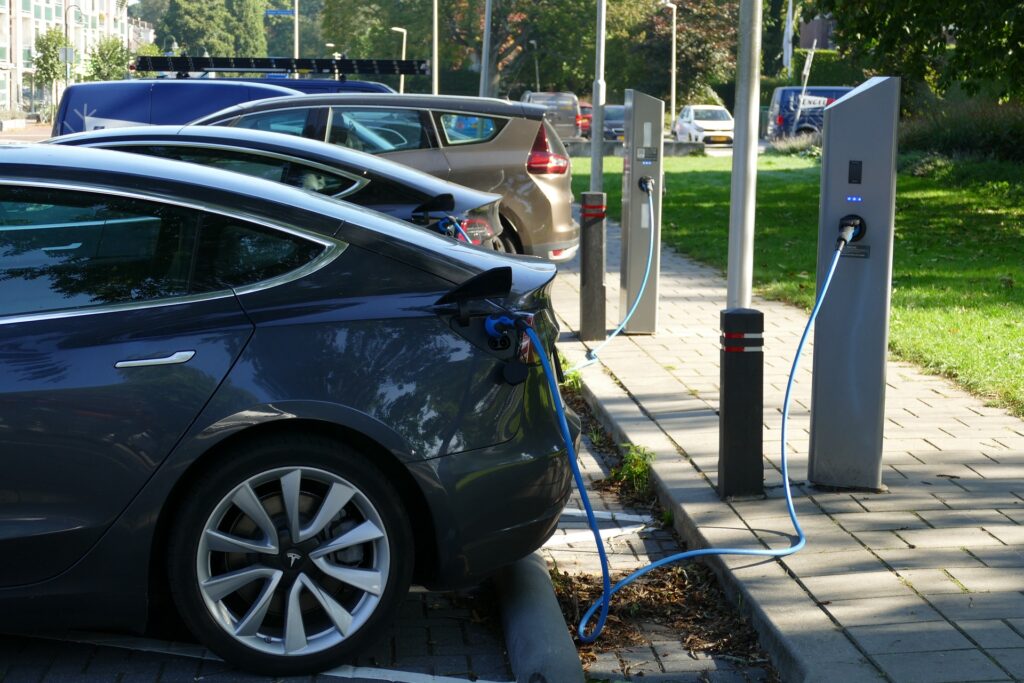
For the last decade, electric vehicles (EVs) have grown enormously in popularity as consumers and businesses alike recognize the environmental and cost benefits of going electric. For fleet managers in San Diego, transitioning to EVs makes perfect sense given the city’s sunny climate and concerns over emissions. As we`ve already entered 2024, now is the ideal time to launch an eco-friendly electric fleet.
The Many Benefits of an Electric Fleet
Transitioning to EVs provides fleet managers in San Diego with a host of benefits:
- Environmental sustainability is a major advantage. EVs produce zero direct emissions, which helps San Diego meet its climate action plan goals. Which were far from great for the last few years, actually. An electric fleet significantly improves the city’s air quality. Fleet drivers also appreciate the smooth, silent operation and abundant torque of electric vehicles. Technologically advanced EVs provide a superior driving experience over traditional gas cars. For businesses, launching an EV fleet signals a strong commitment to sustainability and environmental leadership. An eco-friendly fleet can boost public goodwill and reputation.
- The lower operating costs of electric vehicles also make them financially appealing. With fewer moving parts than gas vehicles, electric fleet cars have lower maintenance costs over the lifetime of operation. Electricity is substantially cheaper to run than gasoline per mile. Going electric saves fleet managers considerable amounts on annual fuel expenditures. The ability to access HOV lanes with just a single occupant provides another cost-saving benefit in San Diego. EVs can bypass congestion and avoid wasted driver time stuck in traffic.
Factors to Consider in the Transition
While an electric automotive fleet business model has many advantages on paper, transitioning from gas vehicles does require consideration of some key factors (key but not essential):
- The upfront purchase prices of EVs remain costlier than comparable gas models. Fleet managers must account for the higher initial capital costs in ROI projections, along with budgeting for the installation of EV charging stations to power the fleet. While operation and maintenance costs are lower, the higher starting price tag and infrastructure investments must be weighed.
- Careful selection of electric models that meet operational range needs and offer adequate cargo/passenger capacity is also crucial. Technicians may require training to properly service electric drivetrains since the maintenance requirements differ from gas vehicles. Parts supply chains are also still developing for EVs. Additionally, the used EV market is rapidly evolving so assumptions about long-term residual value should be conservative.
Acquiring EVs Cost-Effectively
By partnering with experienced dealers like SD auto auctions, San Diego fleet managers can acquire both new and used EVs at competitive prices to cost-effectively build out their electric fleets. Sourcing inventory from major online auctions like Copart and AutoBidMaster provides additional purchasing options. The broad inventory available from these auctions frequently includes late-model electric vehicles at attractive price points for fleet usage. The auction process drives more competitive pricing as well, allowing managers to acquire EVs below traditional retail values. With some research and focus, auto auctions enable fleet owners to secure high-quality electric cars and SUVs that fit their acquisition budgets. The wide range of available makes and models allows buyers to tailor purchases directly to operational needs as well.
Ideal Electric Fleet Vehicles for San Diego’s Needs
Choosing the right EVs to replace gas models is key for an efficient, cost-effective fleet. The long driving ranges and low operating costs of these models make them prime options to consider:
The Tesla Model 3 balances range, performance and affordability with seating for 5 and ample cargo space. Minimal maintenance requirements maximize uptime. Nissan Leaf hatchbacks seat up to 5 passengers comfortably and offer decent cargo space. The 150-mile range meets most fleet route needs, and fast charging enables top-ups during the day.
For a bit more range, the Chevrolet Bolt hatchback offers 250+ miles per charge coupled with abundant passenger and cargo room. The Tesla-rivaling Ford Mustang Mach E crossover also packs up to 300 miles of range in higher trim versions, along with generous seating and cargo capacity.

The functional VW ID.4 crossover provides flexible routing capability with 250+ mile range on some models and generous interior space. At the smaller end, the Hyundai Kona Electric subcompact punches above its weight with a 258-mile range, hatchback practicality and an affordable price. For those looking to electrify their fleet with a luxury EV, the Polestar 2 provides 292 miles of range, a high-end interior and engaging performance.
Going Electric in San Diego: Key Takeaways
In summary, launching an electric fleet in San Diego by 2024 is looking highly viable. Declining EV costs and rising gas prices continue to improve the value proposition each year. Carefully selecting the right electric vehicles, planning out charging infrastructure, and utilizing cost-effective acquisition methods will enable fleet managers to transition away from gas while meeting their business objectives. Being an early adopter of EVs can provide companies with a competitive edge and boost their brand image as well. For the right operators, now is an opportune time to begin electrifying their fleets in Southern California and start realizing the many benefits.











